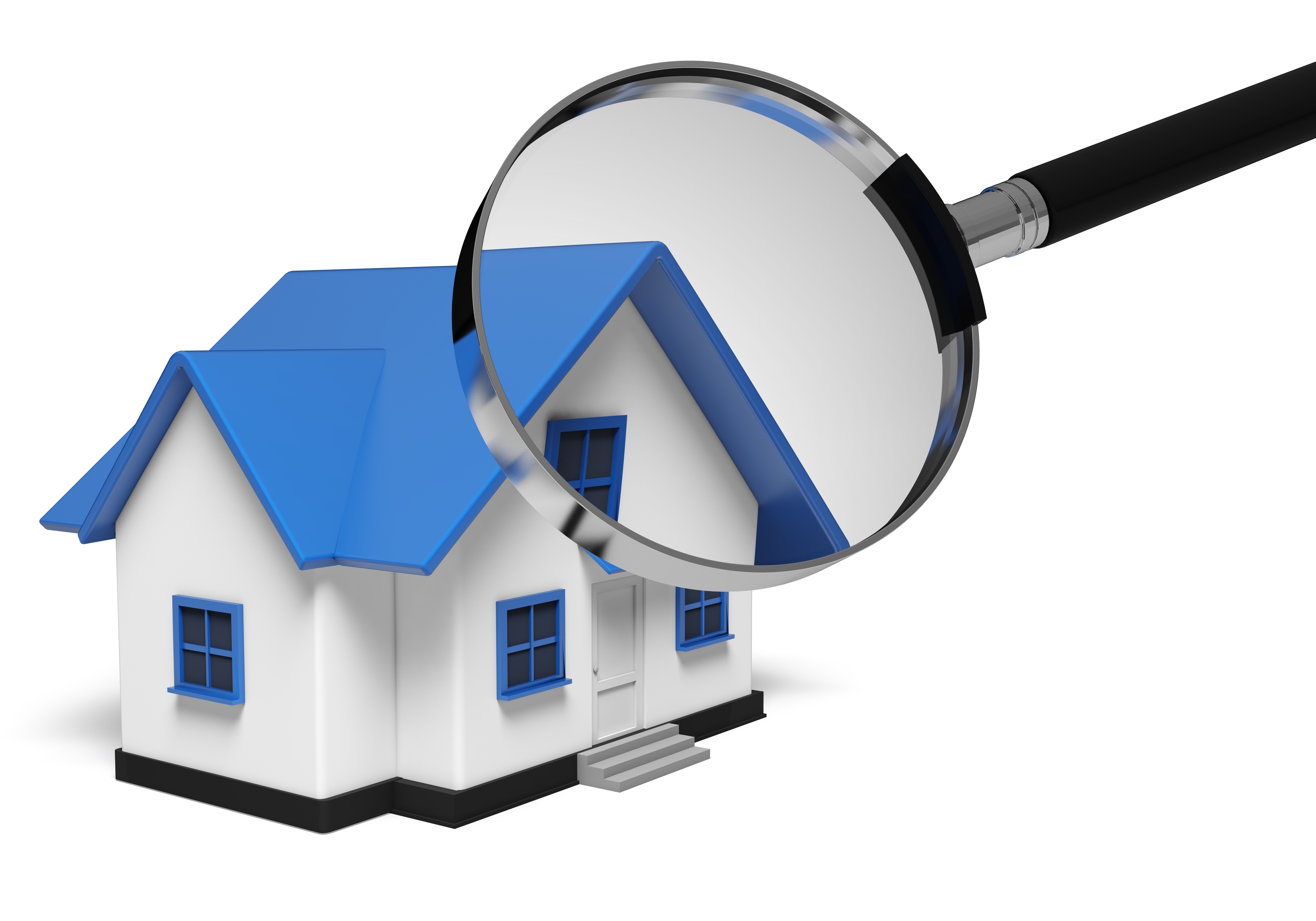
What Is an Appraisal?Purchasing a house is the most serious investment many people will ever consider. It doesn't matter if where you raise your family, a second vacation home or one of many rentals, the purchase of real property is a detailed financial transaction that requires multiple people working in concert to make it all happen. You're likely to be familiar with the parties taking part in the transaction. The real estate agent is the most familiar face in the exchange. Then, the mortgage company provides the money necessary to finance the deal. The title company ensures that all requirements of the exchange are completed and that a clear title passes from the seller to the buyer. So, what party is responsible for making sure the value of the property is in line with the amount being paid? In comes the appraiser. We provide an unbiased estimate of what a buyer could expect to pay — or a seller receive — for a parcel of real estate, where both buyer and seller are informed parties. A licensed, certified, professional appraiser from Rocky Mountain Appraisal Company will ensure, you as an interested party, are informed. Appraisals start with the home inspectionTo ascertain an accurate status of the property, it's our duty to first complete a thorough inspection. We must see aspects of the property first hand, such as the number of bedrooms and bathrooms, the location, amenities, etc., to ensure they truly are there and are in the shape a typical buyer would expect them to be. To ensure the stated size of the property has not been misrepresented and document the layout of the home, the inspection often requires creating a sketch of the floorplan. Most importantly, the appraiser identifies any obvious features - or defects - that would have an impact on the value of the property. Back at the office, an appraiser uses two or three approaches to determining the value of the property: a sales comparison, a replacement cost calculation, and an income approach when rental properties are prevalent. 
Cost ApproachHere, the appraiser analyzes information on local building costs, labor rates and other factors to figure out how much it would cost to construct a property similar to the one being appraised. This figure usually sets the maximum on what a property would sell for. The cost approach is also the least used predictor of value. 
Analyzing Comparable SalesAppraisers can tell you a lot about the neighborhoods in which they appraise. They innately understand the value of particular features to the homeowners of that area. Then, the appraiser researches recent transactions in the vicinity and finds properties which are 'comparable' to the property in question. Using knowledge of the value of certain items such as fireplaces, room layout, appliance upgrades, extra bathrooms or bedrooms, or quality of construction, we adjust the comparable properties so that they are more accurately in line with the features of subject property.
An opinion of what the subject might sell for can only be determined once all differences between the comps and the subject have been evaluated. When it comes to putting a value on features of homes in Arvada and Jefferson, Rocky Mountain Appraisal Company can't be beat. The sales comparison approach to value is commonly given the most importance when an appraisal is for a home purchase. Valuation Using the Income ApproachA third method of valuing a house is sometimes employed when a neighborhood has a measurable number of renter occupied properties. In this case, the amount of revenue the real estate produces is factored in with other rents in the area for comparable properties to give an indicator of the current value. Coming Up With The Final ValueAnalyzing the data from all applicable approaches, the appraiser is then ready to put down an estimated market value for the property at hand. The estimate of value at the bottom of the appraisal report is not always the final sales price even though it is likely the best indication of what a property is worth. Depending on the individual situations of the buyer or seller, their level of urgency or a buyer's desire for that exact property, the closing price of a home can always be driven up or down.Regardless, the appraised value is typically used as a guideline for lenders who don't want to loan a buyer more money than the property is actually worth. Here's what it all boils down to, an appraiser from Rocky Mountain Appraisal Company will help you get the most accurate property value, so you can make wise real estate decisions. |